The Darling Building at 96 Spadina Avenue, on the southwest corner of Spadina and Adelaide Street is perhaps the least attractive of the loft/warehouse buildings that were constructed to satisfy the needs of Toronto’s Fashion District. Built in 1909, it was the first multi-storey loft on Spadina, and one of earliest multi-storey cement structures in the city. The eight-storey building, which also has a basement level that today houses “The Dollar Store” and “Home Sense,” has few ornamentations included in its architecture. It was designed as a utilitarian structure, with few considerations given to aesthetics.
The warehouse/loft was built at a cost of $150,000, for Andrew Darling to house his own company, Darling Dress Company. Originally the building had a large water tower on roof. Though simple in design, the facades of the building possess strong vertical lines that accentuate its height. The large windows, with steel sashes, are plain, with no ornamentation, and there are no designs on the cornice. At the corners at the top of the building there are structures that appear like battlements.
This photo from the City of Toronto Archives looks south on Spadina Avenue in 1921. The only warehouse/loft building on Spadina, in that year, was the Darling Building. The water tower on the roof of the building is clearly visible. It has since been removed.
The north facade of the Darling Building, facing Adelaide Street.
A battlement-like structure on the northeast corner of the Darling Building
The Darling Building (left), and to the right of it the Tower Building, then the Reading Building and finally the Fashion Building.
The Darling Building on a hot summer evening.
To view the Home Page for this blog : https://tayloronhistory.com/
Links to other posts about the history of Toronto and its buildings:
https://tayloronhistory.com/2013/10/08/links-to-historic-architecture-of-torontotayloronhistory-com/
Links to posts about Toronto’s movie houses—past and present.
https://tayloronhistory.com/2013/10/09/links-to-toronto-old-movie-housestayloronhistory-com/
Recent publication entitled “Toronto’s Theatres and the Golden Age of the Silver Screen,” by the author of this blog. The publication explores 50 of Toronto’s old theatres and contains over 80 archival photographs of the facades, marquees and interiors of the theatres. It also relates anecdotes and stories from those who experienced these grand old movie houses.
To place an order for this book:
Theatres Included in the Book
Chapter One – The Early Years—Nickelodeons and the First Theatres in Toronto
Theatorium (Red Mill) Theatre—Toronto’s First Movie Experience and First Permanent Movie Theatre, Auditorium (Avenue, PIckford), Colonial Theatre (the Bay), thePhotodome, Revue Theatre, Picture Palace (Royal George), Big Nickel (National, Rio), Madison Theatre (Midtown, Capri, Eden, Bloor Cinema, Bloor Street Hot Docs), Theatre Without a Name (Pastime, Prince Edward, Fox)
Chapter Two – The Great Movie Palaces – The End of the Nickelodeons
Loew’s Yonge Street (Elgin/Winter Garden), Shea’s Hippodrome, The Allen (Tivoli), Pantages (Imperial, Imperial Six, Ed Mirvish), Loew’s Uptown
Chapter Three – Smaller Theatres in the pre-1920s and 1920s
Oakwood, Broadway, Carlton on Parliament Street, Victory on Yonge Street (Embassy, Astor, Showcase, Federal, New Yorker, Panasonic), Allan’s Danforth (Century, Titania, Music Hall), Parkdale, Alhambra (Baronet, Eve), St. Clair, Standard (Strand, Victory, Golden Harvest), Palace, Bedford (Park), Hudson (Mount Pleasant), Belsize (Crest, Regent), Runnymede
Chapter Four – Theatres During the 1930s, the Great Depression
Grant ,Hollywood, Oriole (Cinema, International Cinema), Eglinton, Casino, Radio City, Paramount, Scarboro, Paradise (Eve’s Paradise), State (Bloordale), Colony, Bellevue (Lux, Elektra, Lido), Kingsway, Pylon (Royal, Golden Princess), Metro
Chapter Five – Theatres in the 1940s – The Second World War and the Post-War Years
University, Odeon Fairlawn, Vaughan, Odeon Danforth, Glendale, Odeon Hyland, Nortown, Willow, Downtown, Odeon Carlton, Donlands, Biltmore, Odeon Humber, Town Cinema
Chapter Six – The 1950s Theatres
Savoy (Coronet), Westwood
Chapter Seven – Cineplex and Multi-screen Complexes
Cineplex Eaton Centre, Cineplex Odeon Varsity, Scotiabank Cineplex, Dundas Square Cineplex, The Bell Lightbox (TIFF)
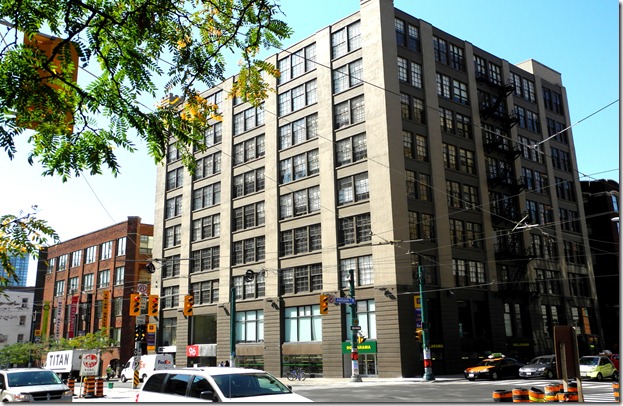

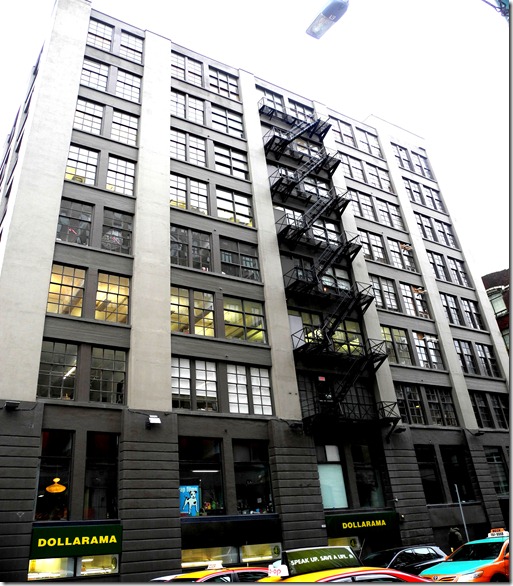
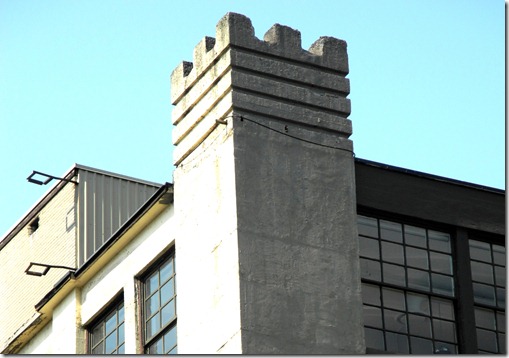
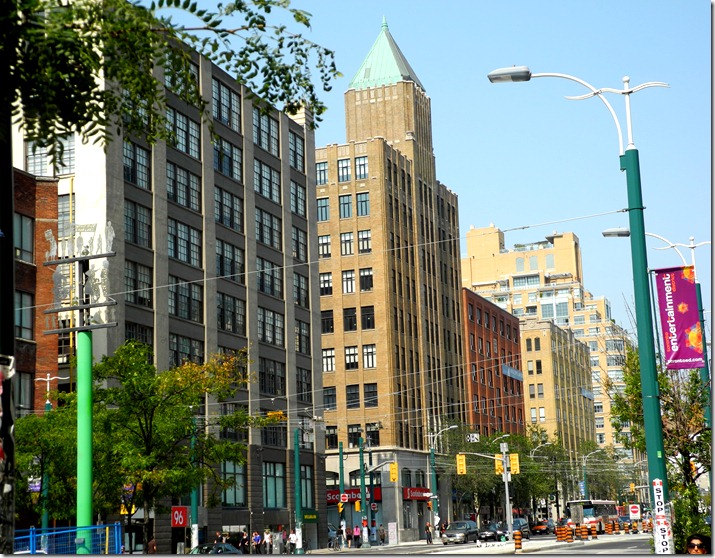
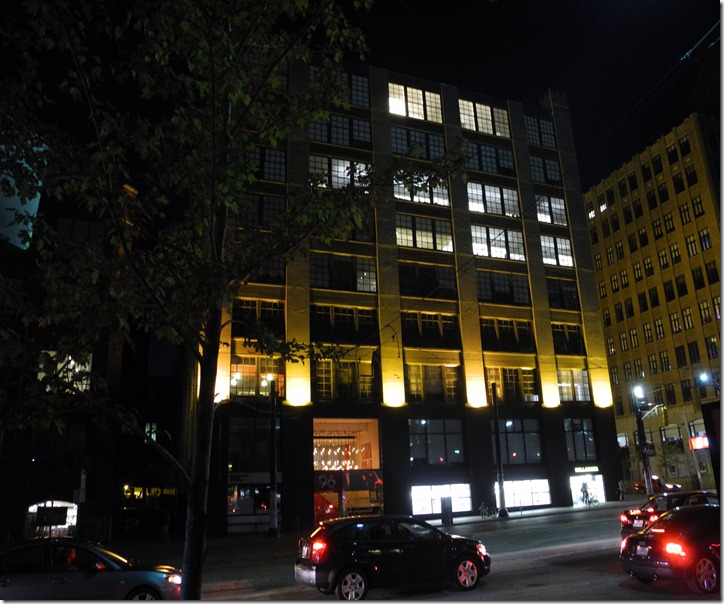
![cid_E474E4F9-11FC-42C9-AAAD-1B66D852[2] cid_E474E4F9-11FC-42C9-AAAD-1B66D852[2]](https://tayloronhistory.com/wp-content/uploads/2014/09/cid_e474e4f9-11fc-42c9-aaad-1b66d8522_thumb27.jpg)